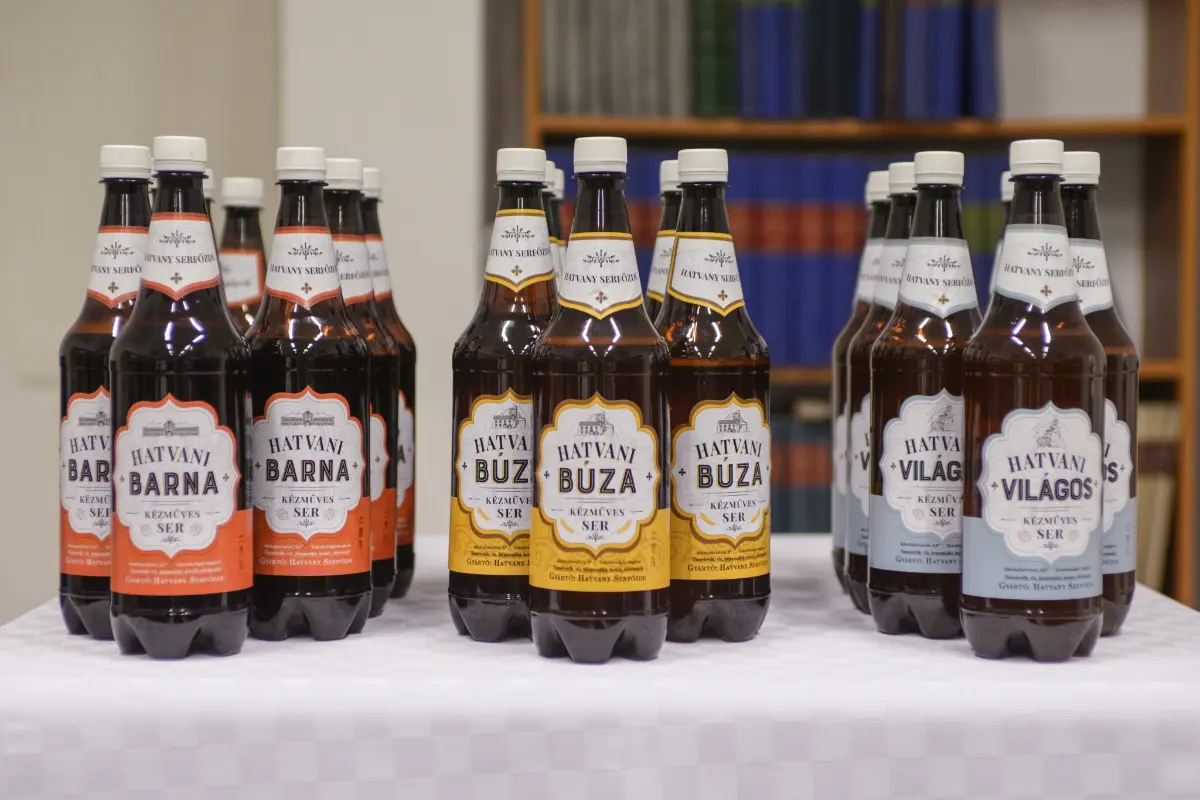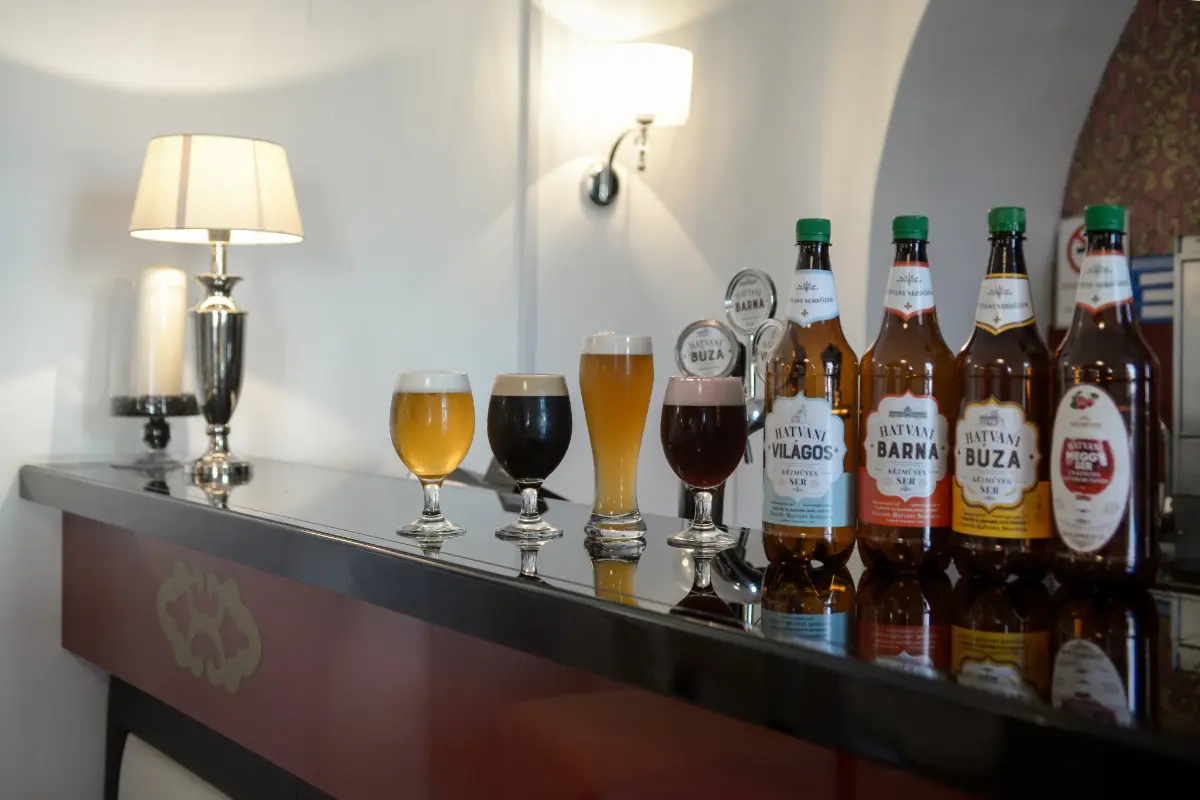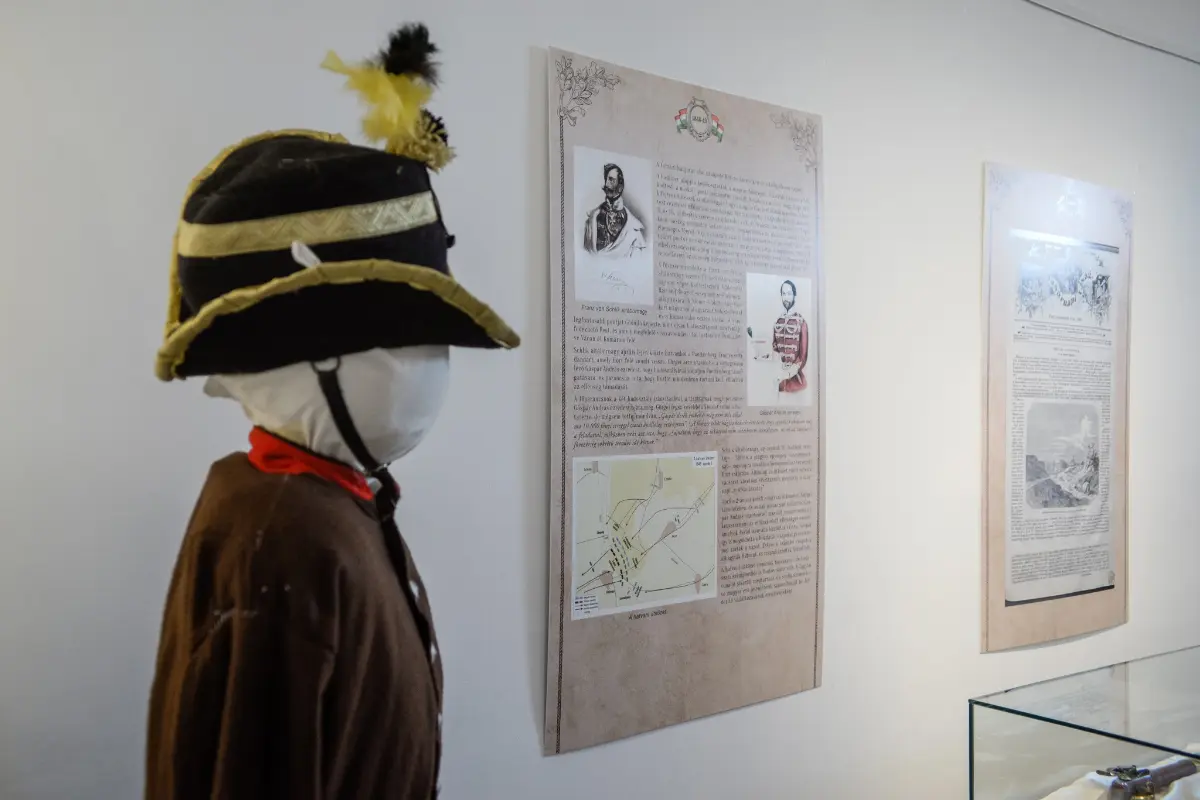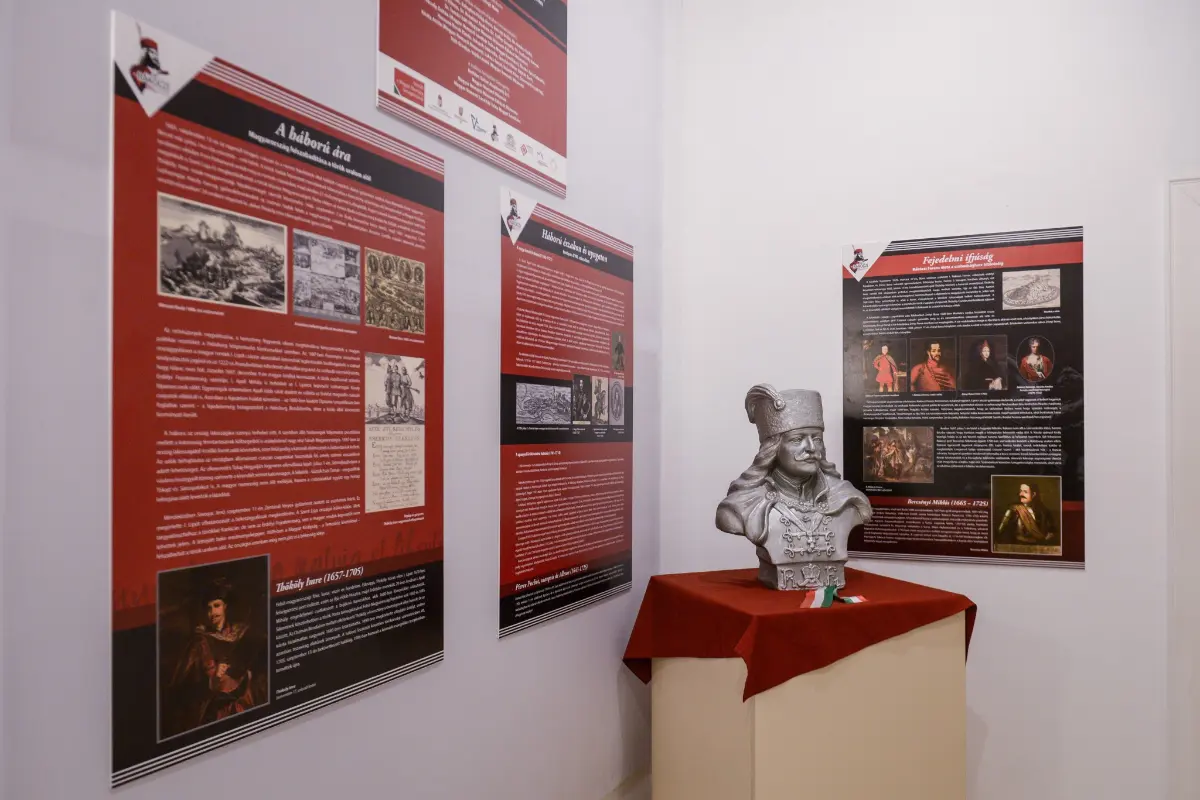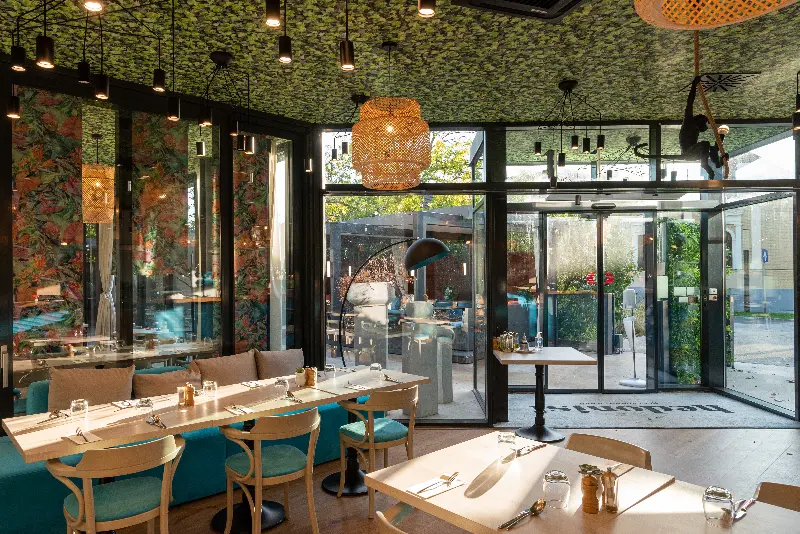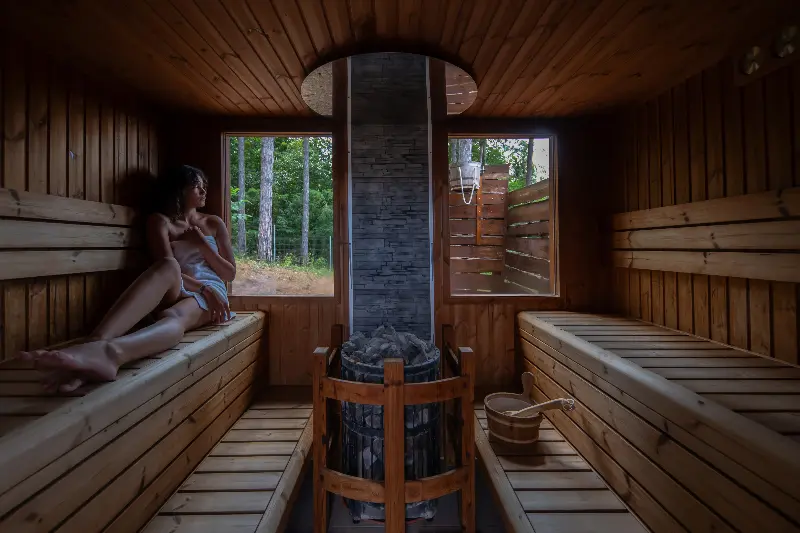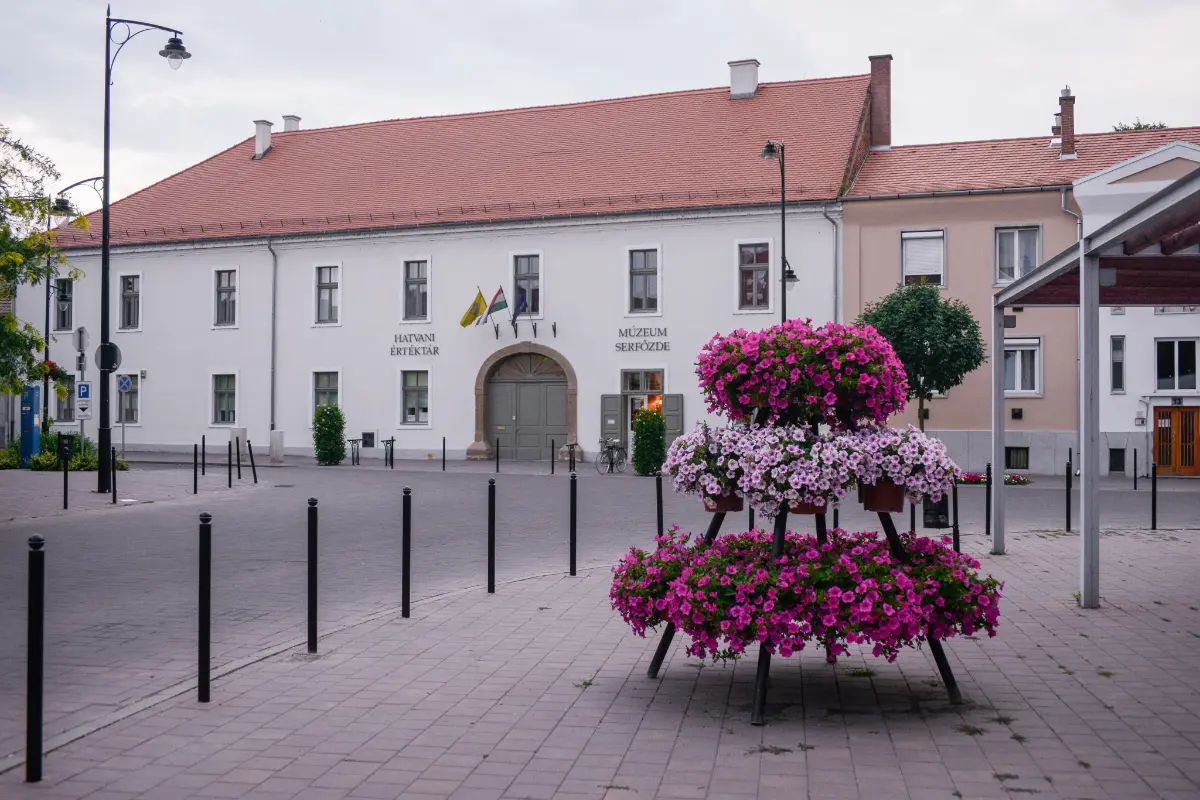
Helyszín címkék:
Avant-Garde painting and beer go hand in hand at the Hatvany Lajos Museum
Bóday Csilla
In the '70s, the institution provided an opportunity for the presentation of “tolerated" artists, the Hungarian Avant-Garde, who were considered to be opposed to the regime. It was during this period that the museum took on the name of Lajos Hatvany after the famous patron's widow who helped add numerous works to the collection. After several moves, the museum was relocated to its final location in 1996, in the ‘Sörfőző-ház’ (Brewery) built by Antal Grassalkovich. In 2020, it hosted the Munkácsy exhibition, which was visited from all parts of the country. Several of the artist's world-famous works, The Yawning Butler and The Embroiderer girl were also on display. Let’s see what you can experience if you plan on visiting now!
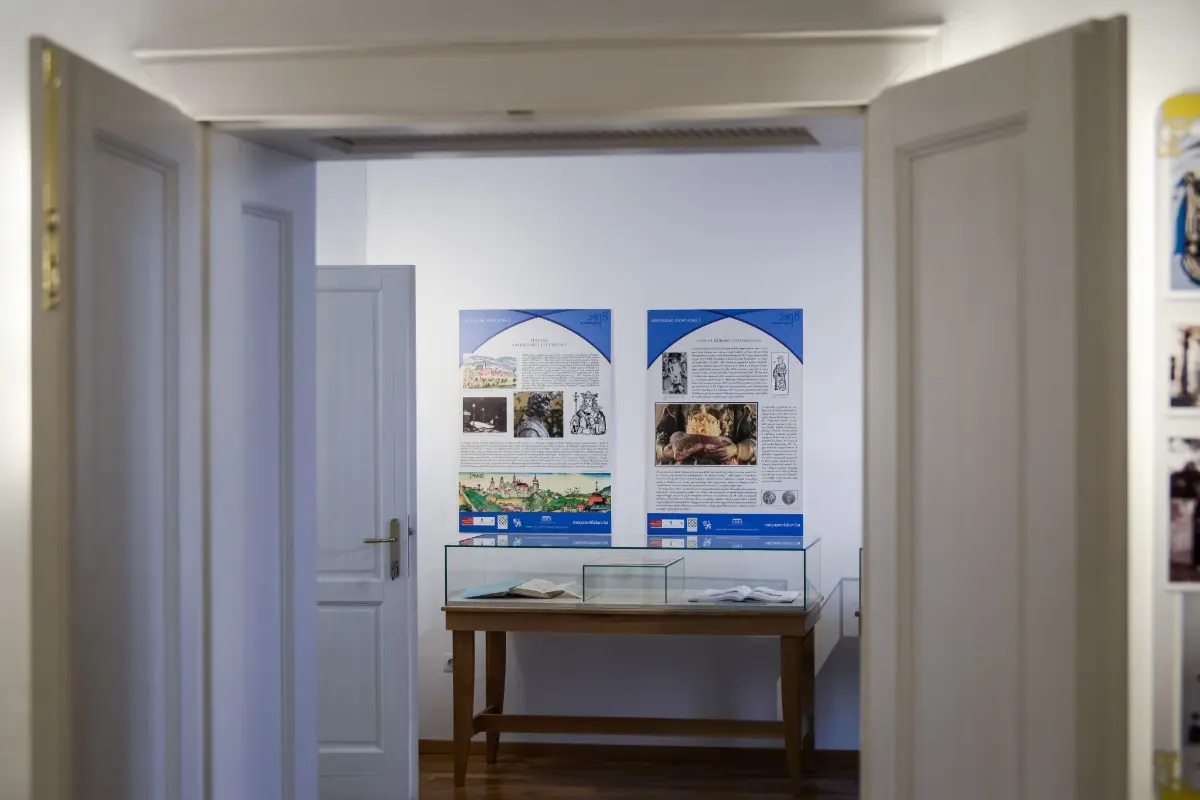
Anna Lesznai Exhibition
Anna Lesznai is one of the most significant figures of 20th-century Hungarian literature, her fine art, applied art and graphic art works are also of high quality, while her former works are typical examples of the Hungarian Art Nouveau. Her estate is of national importance, unique in the country, was gifted to the museum by artist Tibor Gergely in 1974.
Local ethnographic collection
The ethnographic collection typically contains findings from the Hatvan area, but in terms of wall hangings with inscriptions, it has one of the most complete collections in the Carpathian Basin, and the same applies to bulrush and other fibrous folk wickerwork. The outstanding values of the archaeological collection are related to the remains of the Hatvan culture, which are artefacts of the Hatvan culture from the Early Bronze Age.
The story of the Hatvany family
The historical collection is rich in relics and documents that mark the history of the city: Military equipment from World War I and II, diaries, family archives, rare documents, a collection of pre-1945 postcards from Hatvany, scout materials, documents on the liquidation of the Franciscan order, memorials of internment, documents and correspondence relating to the Hatvany family supplemented by 17th-century etchings, town views, fragments of statues from the Hatvany castle and fragments of frescoes found during the renovation.
The Brewery
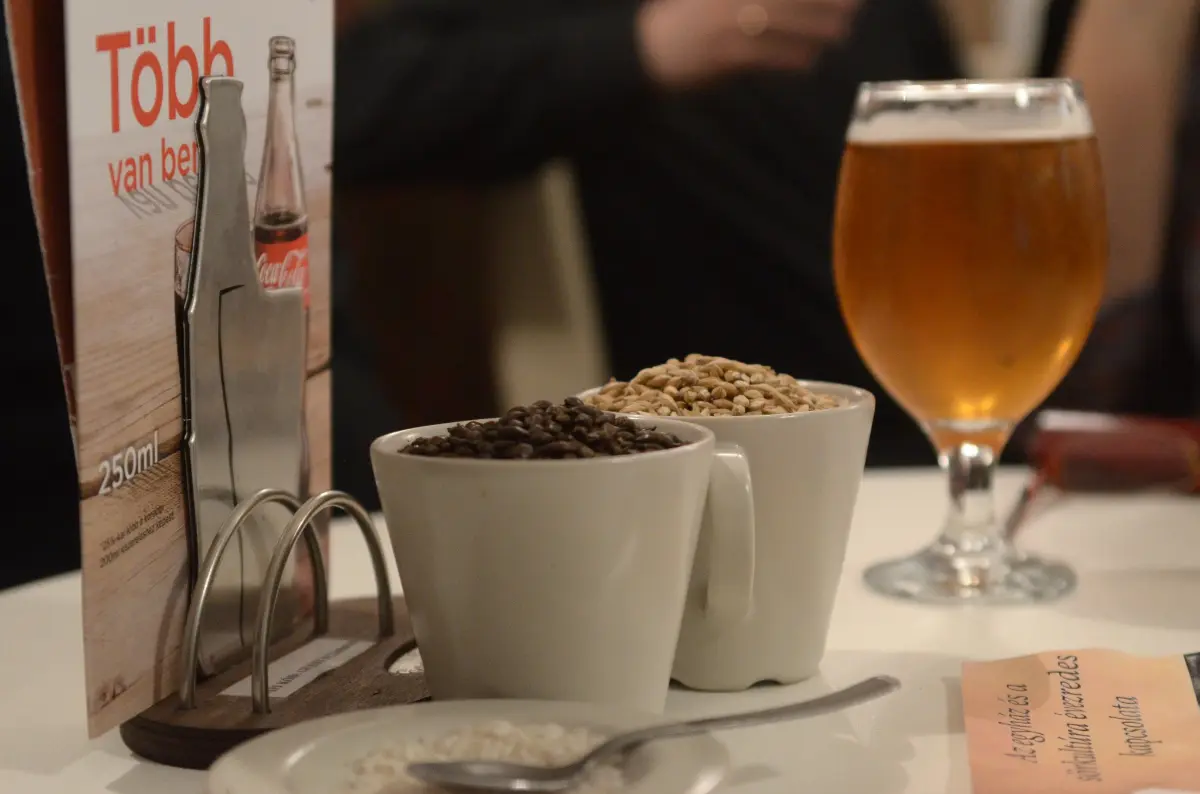
This emblematic building, originally used as a beerhouse and inn in the main square of the town of Hatvan, was built by the Grassalkovich family to complement the castle, church and fabric house, which were considered the jewels of the centre. As an activity, the brewing of beer and “palinka” (a traditional fruit spirit in Eastern and Central Europe with origins in Hungary and invented in the Middle Ages) at the manor was based on the assets from Hatvan and its surroundings, the estate's farm. Fattening, yeast production, barley and hop growing, cutting wood and transport were all activities that were carried out at the farm. Malt, a by-product of the brewing process, was used for fattening the livestock and some of the meat produced ended up at the tavern. Sources mention brewing until the early 19th century. After 1801, the lord of the estate leased out the brewery, together with the inn. But according to one report, visitors at the restaurant preferred wine. There is no mention of brewing after 1809. Ferenc Kazinczy and Sándor Petőfi, who first visited the town in 1845, were frequent guests at the inn.
In order to revive the tradition, the museum building also houses a brewery, where locally brewed beers are served to visitors in four different varieties (lager, wheat, stout and sour cherry). Since 2017, all beers except the sour cherry beer are also be bottled and sold in gift boxes.
